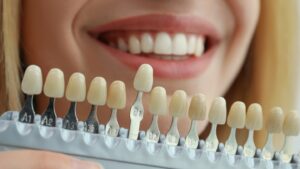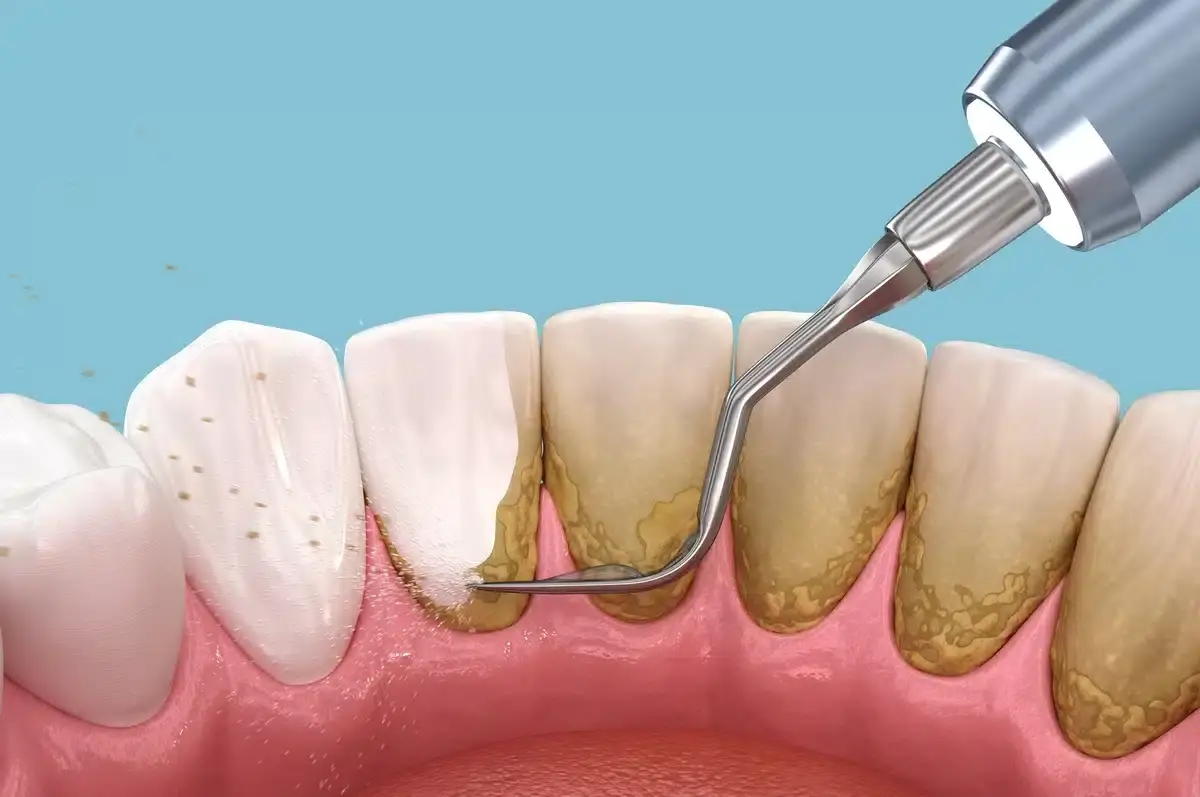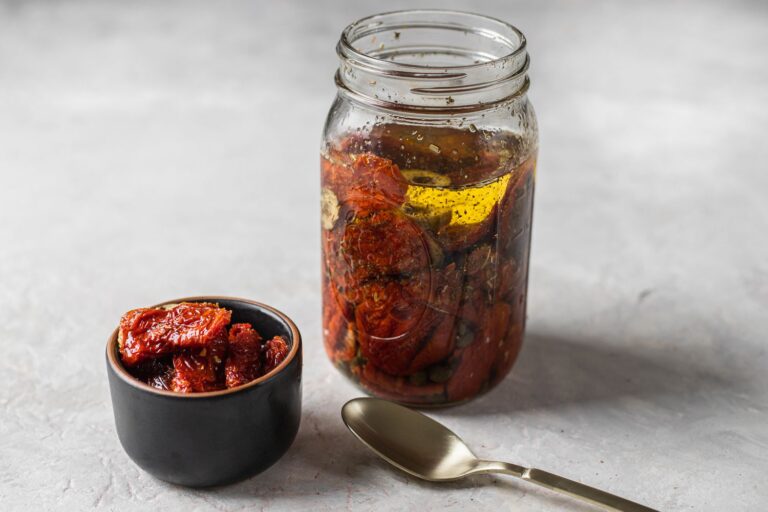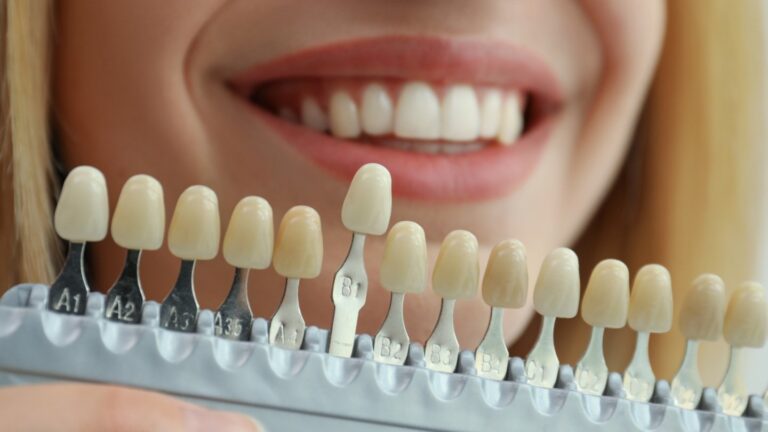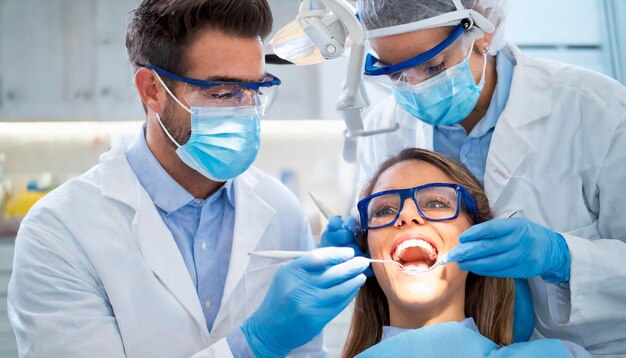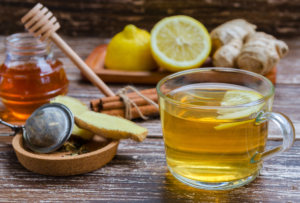Plaque buildup is a common dental problem that can lead to tooth decay, gum disease, and bad breath if left unchecked. Many people wonder how to remove plaque from teeth at home, as regular visits to the dentist may not always be convenient. Fortunately, there are several simple methods you can use at home to prevent and remove plaque before it hardens into tartar. In this article, we’ll explore effective techniques for maintaining healthy, plaque-free teeth with easily accessible tools and ingredients.
What is Plaque?
Plaque is a sticky, colorless film of bacteria that forms on your teeth and gums. It develops when the bacteria in your mouth interact with sugars and carbohydrates from the foods you eat. If plaque is not removed regularly, it can harden into tartar, which can only be removed by a dental professional.
Tartar buildup leads to more serious dental issues like gum disease and tooth decay. This is why it’s essential to maintain a good oral hygiene routine and learn how to remove plaque from your teeth at home.
Why Removing Plaque at Home is Important
Removing plaque from your teeth at home is critical because it can help prevent various dental problems. While professional cleanings are essential, home care plays a crucial role in reducing plaque formation between visits. If you do not remove plaque regularly, it can accumulate along the gumline and cause inflammation, leading to gingivitis and eventually periodontal disease.
Daily plaque removal also helps maintain fresh breath, improves the appearance of your teeth, and contributes to overall oral health.
How to Remove Plaque from Teeth at Home: Methods That Work
Let’s explore several effective techniques to remove plaque from teeth at home and keep your teeth healthy.
1. Brushing Your Teeth Correctly
The most straightforward and effective method for removing plaque at home is by brushing your teeth twice a day. However, it’s not just about brushing but doing it the right way.
- Use a fluoride toothpaste: Fluoride helps fight cavities and strengthens tooth enamel, which can help prevent plaque buildup.
- Brush for two minutes: Make sure to brush all surfaces of your teeth, including the outer, inner, and chewing surfaces.
- Use gentle circular motions: Aggressive brushing can damage gums and enamel, so it’s important to brush gently.
- Use a soft-bristled toothbrush: This ensures a thorough clean without damaging your gums or enamel.
2. Flossing Daily
Brushing alone cannot remove plaque from between your teeth or below the gumline. This is where flossing becomes essential. Daily flossing helps remove plaque and food particles from those hard-to-reach areas.
- Use dental floss or a water flosser: Flossing tools come in different types, such as string floss or water flossers, which use a stream of water to clean between teeth.
- Gently slide the floss between teeth: Avoid snapping the floss into the gums to prevent injury. Curve it around the tooth to remove plaque more effectively.
- Floss all teeth: Make sure to floss every tooth, including the back molars, where plaque often accumulates.
3. Using Baking Soda
Baking soda is a natural abrasive that helps remove plaque and whiten teeth. It’s a common ingredient in many toothpastes, but you can also use it on its own.
- How to use baking soda: Mix a small amount of baking soda with water to form a paste. Apply the paste to your toothbrush and brush your teeth as usual.
- Use it sparingly: Baking soda can be abrasive if used too often, so limit this method to once or twice a week.
4. Oil Pulling
Oil pulling is an ancient technique that involves swishing oil (such as coconut oil) in your mouth to remove bacteria and reduce plaque buildup.
- How to do oil pulling: Take a tablespoon of coconut oil and swish it around your mouth for 15–20 minutes. Spit the oil out (do not swallow it) and rinse your mouth with water.
- Benefits of oil pulling: This method helps reduce plaque and bacteria in the mouth, improves gum health, and can even help with bad breath.
5. Rinsing with Mouthwash
Using an antiseptic or fluoride mouthwash can help reduce plaque and bacteria in your mouth. Mouthwash reaches areas that brushing and flossing might miss, providing an extra layer of protection against plaque buildup.
- Choose the right mouthwash: Look for an antibacterial mouthwash that targets plaque and gingivitis or a fluoride mouthwash to strengthen teeth.
- Rinse after brushing: Rinsing your mouth with mouthwash after brushing and flossing ensures you clean out any remaining plaque and bacteria.
6. Eating a Healthy Diet
What you eat can significantly impact plaque formation. Sugary and starchy foods contribute to plaque buildup, so reducing these in your diet can help prevent plaque.
- Eat crunchy fruits and vegetables: Apples, carrots, and celery can help clean your teeth naturally by stimulating saliva production, which washes away plaque.
- Avoid sugary snacks: Bacteria feed on sugar, which accelerates plaque formation. Limiting sugary snacks and drinks can reduce plaque.
7. Drinking Plenty of Water
Drinking water throughout the day helps rinse away food particles and plaque-causing bacteria. Water also neutralizes acid in your mouth, which can erode tooth enamel and lead to more plaque.
8. Chewing Sugar-Free Gum
Chewing sugar-free gum after meals can stimulate saliva production, which helps wash away food particles and plaque. Look for gum that contains xylitol, a natural sweetener that helps reduce plaque formation.
9. Professional-Grade Dental Tools for Home Use
If you want to take your plaque removal routine up a notch, consider using professional-grade dental tools at home, such as:
- Dental scalers: These tools are designed to scrape off plaque and tartar from your teeth. However, they should be used with caution to avoid damaging your gums or enamel.
- Electric toothbrushes: Studies show that electric toothbrushes are more effective at removing plaque than manual ones, especially those with rotating or vibrating bristles.
Preventing Plaque Buildup
Removing plaque from teeth at home is essential, but preventing plaque buildup in the first place is even better. Here are some preventive tips:
- Brush and floss daily: Make brushing and flossing a part of your daily routine to keep plaque at bay.
- Use fluoride products: Fluoride strengthens enamel and reduces the risk of plaque formation.
- Visit the dentist regularly: Even with good home care, professional cleanings are necessary to remove tartar that may develop from hardened plaque.
Conclusion
Maintaining good oral hygiene is key to keeping your teeth free of plaque and ensuring a healthy smile. Learning how to remove plaque from teeth at home can prevent dental issues like cavities and gum disease. By incorporating simple habits like brushing, flossing, and using natural remedies, you can effectively manage plaque and enjoy better oral health. Always remember that regular dental visits are just as important for long-term oral care, so don’t skip them!

